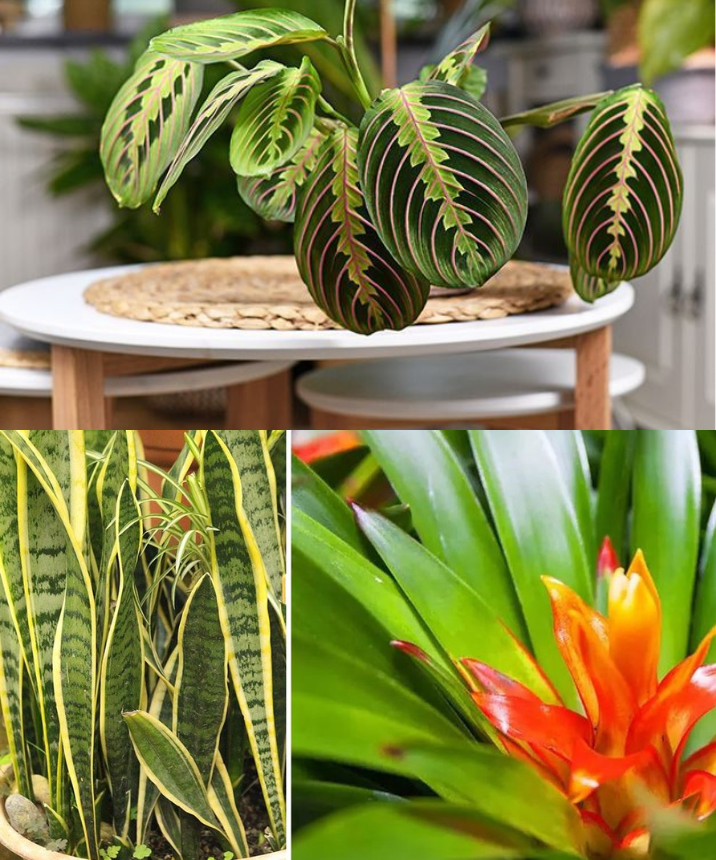Indoor plants bring freshness and vitality to our living spaces, but not all rooms receive ample natural light. Fortunately, there are plants that thrive even in low-light conditions. Discover the best species to illuminate your interior without sunlight.
Sansevieria (Snake Plant): Sansevieria is one of the most resilient and versatile plants, ideal for low-light environments. It tolerates low light well and requires minimal maintenance. Its green leaves with yellow or white stripes add a decorative touch to any interior.
Philodendron: Philodendron is another popular indoor plant that adapts well to low light levels. There are many varieties of Philodendron, but most are fairly shade-tolerant. Its lush foliage and easy growth make it an excellent choice for rooms with low light.
Boston Fern (Adiantum fragrans): Ferns, in general, thrive in shade, and the Boston Fern is no exception. This plant adds a delicate and elegant touch of greenery to any indoor space. It prefers humid environments and can thrive even in bathrooms.
Caladium / Calathea: Caladiums, also known as Calatheas, are prized for their colorful and vibrant leaves. They prefer shaded environments and may even suffer from too much direct light. Their spectacular patterned leaves add a splash of color and life to any room.
Pilea Peperomioides / Aspidistra / Clivia / Ficus: These plants are also suitable for low-light environments. Pilea peperomioides, often called the “Chinese money plant,” is known for its ease of care and ability to thrive in low-light conditions. Aspidistra, Clivia, and Ficus are also solid choices for dark rooms.
How to Care for Low-Light Plants?
Although these plants can survive in low-light conditions, they still need proper care to thrive. Here are some tips for caring for low-light plants:
- Watering: Make sure not to overwater the plants, especially in low-light conditions where water evaporation is slower. Wait until the soil is slightly dry before watering again.
- Humidity: Some of these plants prefer humid environments, so consider regularly misting water around them or placing nearby water trays.
- Fertilization: Fertilize low-light plants moderately, as they need fewer nutrients than those exposed to direct sunlight.
- Cleaning: Regularly clean the dust off the leaves to allow the plant to breathe and absorb available light optimally.
With proper care and the right plants, you can create a green and welcoming indoor environment even in the least illuminated areas of your home.
